Shop our historical maps
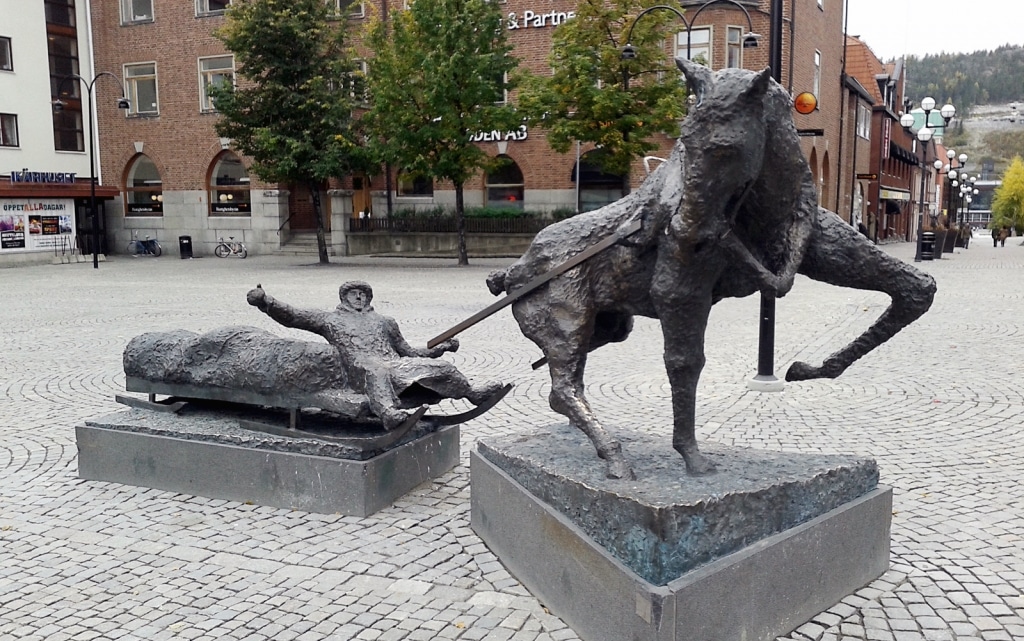
Jun
There is a war against our history and our cultural heritage, a war against everything that represents what is old and beautiful. A war against the old Sweden. The Sörköraren statue in Örnsköldsvik is one example of many.
This is my reply to "Jonas" as of June 8 in Örnsköldsvik's Allehanda demanded that the old statue of Sörköraren on the square be moved to make way for a modern "monument" that would celebrate "diversity" and "multiculturalism". Please read his letter before reading on here.
My reply has also been published in the local newspaper, albeit in edited form. It is not allowed to put "diversity" in quotation marks, but there is obviously a reason behind why I write that way. I do it as a matter of principle because I do not recognise the concept in the sense it is most often used - i.e. cultural and ethnic "diversity" applied at the group level in Sweden.
For me, it goes without saying that there is just as much diversity in a group of ethnic Swedes only as in a group where everyone has different origins. It's an obvious conclusion if you see each individual for what they really are - unique - instead of categorizing and ranking people by the color of their skin. Diversity is not something imported from far away countries, it is something that is reflected in each individual's inner self. Diversity we have always had plenty of in Sweden.
Therefore, the concept of "diversity" is nothing more than a phrase, a word that sounds nice but has no real meaning. It sounds false. The exception, of course, is if you actually believe that there may be "too many" Swedes (or Sami or Japanese) in a group context and that "diversity" would therefore suffer. In that case, the word takes on a deeply racist meaning.
But enough platitudes, here's my rejoinder - including quotation marks - and a slightly expanded backstory.
The statue on Örnsköldsvik's square should be hidden away in some lonely alley because it "celebrates something old and diffuse". Only 29 years after it was erected, it stands in the way of modern and fantastic "diversity".
Now I'll tell you why The Butterfly has deserved their place of honour on Örnsköldsvik's square and why the memory of these travelling merchants should be protected and honoured - not "modernised" away by bumbling cultural revolutionaries.
To all those who think that the Black Bear represents something "diffuse", I would kindly suggest some reading in the history of our village instead of letting such lack of history take advantage of the rest of us, all of us Nola foresters who find both meaning and hope for the future in our history.
Completed in 1989 by the famous sculptor Asmund Arle (1918 - 1990), who was commissioned by the municipality to create the statue to commemorate this historic era in the history of the Nola Forest region.
It was an era in the 18th and 19th centuries when people from our once poor village packed their sleds with trade goods in the middle of the harsh winter, put on the dogskin coat, and set off on an up to 2-month trading trip south in the hope of returning home to the family with a handsome profit.
They went mainly south to Bergslagen and Stockholm, but also as far down as Norrköping. Hence the name given to these travelling farmers, butcher.
They carried skins (including dog skins), hides, wooden spoons, larch, flax, butter, forest birds such as grouse, grouse and wolverines, dry fish (e.g. pike), etc., on their sleds. So it was not herring that was sold on these trading trips, as "Jonas" imagined in his slightly caricatured picture of the Anglo-Manlans of the past.
An example from January 1809 is the tax farmer Jon Jonsson in Svedje, who was planning a trade trip south. He wrote down the following list of goods:
Own farmstead consisting of the following waras
4 tablespoons of butter
4 lispund dry fish
400 cubic metres of coarse larch
10 tigers
5 boars
30 pairs of hearts
8 calfskin
8 sheepskin
Själevad and Svedje d. 10 January 1809
Jon Jonsson in Svedje
These were people who, at the end of the 18th century, finally regained some degree of freedom to trade with the outside world, after centuries of having their freedom to trade severely curtailed by the Swedish state, just like the rest of Sweden's common people.
The governor himself Per Abraham Örnsköld (1720-1791), after whom the town of Örnsköldsvik is named, was disgusted by the peasants' trading trips, which enabled them to get a better price for their goods. In the 1760s, he spoke of the "harmful journeys of the peasantry to Norje and in several provinces of the kingdom". But the resentment was entirely reciprocal on the part of the peasants, and in 1769 resulted in Örnsköld being driven out of Ångermanland when the peasants, in his view "lazy", had had enough of Örnsköld's increasingly ruthless attempts to collect more taxes from the commoners.
A big change came with Gustav III's Declaration of Freedom in 1789 to the Swedish and Finnish peasantry, when farmers were allowed not only to sell their own goods but also to take their neighbours' goods with them on trading trips. Gustav III's decision opened the way for enterprising Nola foresters to make larger journeys where they also brought goods from a few neighbouring farms.
Here began the heyday of the darkness, when, in their quest to improve their lot in life, they left home and family and returned with capital to create a brighter future for themselves.
Kersti Ullenhagen's conclusion in her book Butcher is that the eclipse not only contributed to the betterment of the Anglo-Manitans of that time, but also that Nolaskog's "many capitalists in the small format" paved the way for the late 19th century industrialization that laid the foundation for the prosperity we Anglo-Manitans enjoy today.
For me, it is therefore clear what the statue of the Dark Ear represents. The Black Bear represents drive, fighting spirit, enterprise and an indomitable desire to create a better future. What a deplorable view "Jonas" has of those who lived before us! To dismiss a memory of their hard work as something "old" and "boring" that deserves to be hidden and forgotten.
The values this statue represents never plays out its role. Sörköraren shows the way for Örnsköldsvik's future, indeed for the future of Sweden as a whole. That future, if we want it to be bright, can only be built with hard work, damn good manners and a respect for people's aspirations to be their own successful blacksmith - not with platitudes about some vague "diversity" or fantasies about how "multicultural" the people of Övik and the Swedes are.
The old days are not coming back and to have a statue that celebrates the old and boring in the middle of the city is really not worthy of a modern city like Örnsköldsvik.
Do you feel it?
Contempt.
Or is it just ignorance? Historical ignorance? Either way, it is very regrettable, even if it is not a completely new phenomenon. In all times there will be people who want to "modernise" away the old, whether out of sheer contempt or just plain ignorance of history. That is why those who see value in the old must also, in all times, cry out. And to roar away, it we Nola foragers have always been good at... and making sour herring, of course.
Örnsköldsvik can aspire to be like any "modern" city. A city without history. A city without soul. Or Örnsköldsvik can be Örnsköldsvik, with a cultural heritage worth rejoicing over. The same goes for Nolaskogs, Ångermanland and Sweden as a country.
I know what I choose.
What do you choose?
Subscribe to YouTube:
If you appreciate Allmogens independent work to portray our fine Swedish history and Nordic culture, you are welcome to buy something nice in the shop or support us with a voluntary donation. Thank you in advance!
Support Allmogens via Swish: 123 258 97 29
Support Allmogens by becoming a member
Support Allmogens in your will
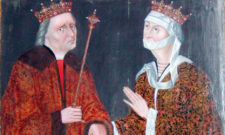
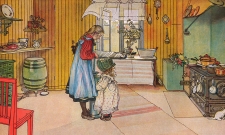
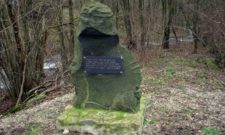
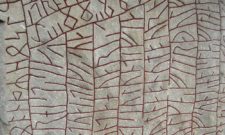
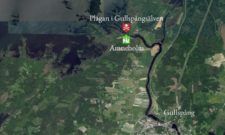
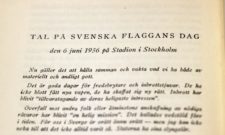
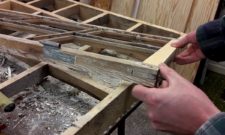

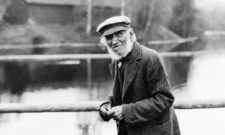
Pingback: Podcast: Swexit. Low trust in government;.World Cup and nationalism - Classical Liberal Party
Hi, the eclipse is a positive force. Many villages have long-established land ownership structures that do not look favourably on new ways of creating business in dormant villages.
Even if you occasionally benefit from such activities, you are happy to call the environmental office for the smallest opportunity that arises.
In the case of these brakes, the economy buildings are freshly painted but dead from activity.
hello Nola foresters I have had many positive contacts with you.